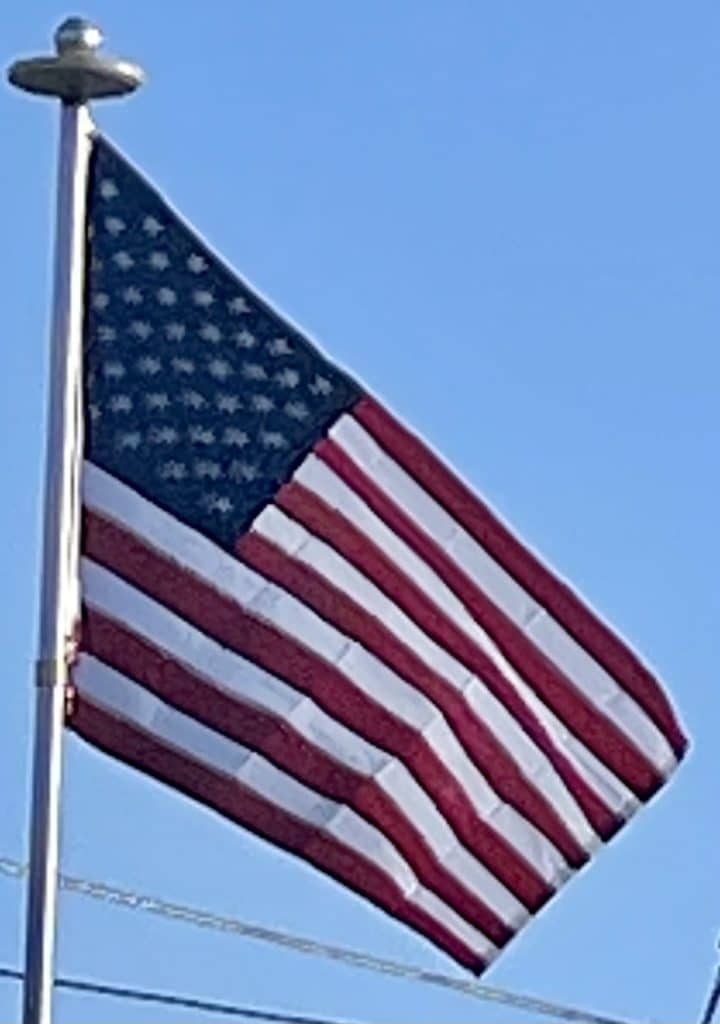Over time, indigenous cultures in North America grew increasingly complex, and some, such as the pre-Columbian Mississippian culture in the southeast, developed advanced agriculture, architecture, and complex societies. The city-state of Cahokia is the largest, most complex pre-Columbian archaeological site in the modern-day United States. In the Four Corners region, Ancestral Puebloan culture developed from centuries of agricultural experimentation. The Haudenosaunee, located in the southern Great Lakes region, was established at some point between the twelfth and fifteenth centuries. Most prominent along the Atlantic coast were the Algonquian tribes, who practiced hunting and trapping, along with limited cultivation.

United States

European settlements:
Claims of very early colonization of coastal New England by the Norse are disputed and controversial. The first documented arrival of Europeans in the continental United States is that of Spanish conquistadors such as Juan Ponce de León, who made his first expedition to Florida in 1513. Even earlier, Christopher Columbus had landed in Puerto Rico on his 1493 voyage, and San Juan was settled by the Spanish a decade later. The Spanish set up the first settlements in Florida and New Mexico, such as Saint Augustine, often considered the nation’s oldest city, and Santa Fe. The French established their own settlements along the Mississippi River, notably New Orleans. Successful English settlement of the eastern coast of North America began with the Virginia Colony in 1607 at Jamestown and with the Pilgrims‘ colony at Plymouth in 1620. The continent’s first elected legislative assembly, Virginia’s House of Burgesses, was founded in 1619. Documents such as the Mayflower Compact and the Fundamental Orders of Connecticut established precedents for representative self-government and constitutionalism that would develop throughout the American colonies. Many settlers were dissenting Christians who came seeking religious freedom. In 1784, the Russians were the first Europeans to establish a settlement in Alaska, at Three Saints Bay. Russian America once spanned much of the present-day state of Alaska.
In the early days of colonization, many European settlers were subject to food shortages, disease, and attacks from Native Americans. Native Americans were also often at war with neighboring tribes and European settlers. In many cases, however, the natives and settlers came to depend on one another. Settlers traded for food and animal pelts; natives for guns, tools and other European goods. Natives taught many settlers to cultivate corn, beans, and other foodstuffs. European missionaries and others felt it was important to “civilize” the Native Americans and urged them to adopt European agricultural practices and lifestyles. However, with the increased European colonization of North America, the Native Americans were displaced and often killed. The native population of America declined after European arrival for various reasons, primarily diseases such as smallpox and measles.

The Thirteen Colonies (New Hampshire, Massachusetts, Connecticut, Rhode Island, New York, New Jersey, Pennsylvania, Delaware, Maryland, Virginia, North Carolina, South Carolina, and Georgia) that would become the United States of America were administered by the British as overseas dependencies. All nonetheless had local governments with elections open to most free men. With extremely high birth rates, low death rates, and steady settlement, the colonial population grew rapidly, eclipsing Native American populations. The Christian revivalist movement of the 1730s and 1740s known as the Great Awakening fueled interest both in religion and in religious liberty.